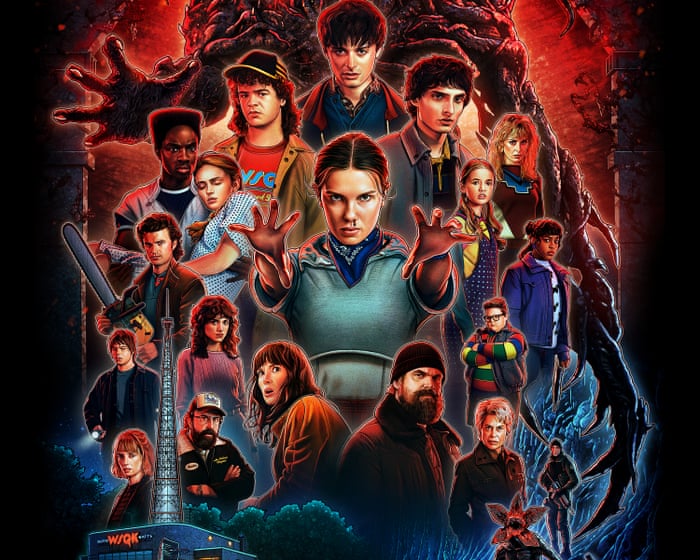A survey reveals that bullying and harassment against women remain widespread in the creative industries, with seven out of ten female workers reporting experiences of toxic behavior. Culture Secretary Lisa Nandy called the findings “deeply concerning” and urged the industry to take strong action.
The Bectu union’s survey found that 69% of women in the sector had faced workplace bullying or harassment in the past year, rising to 72% for workers with disabilities. This follows several high-profile cases, such as allegations against Gregg Wallace, which prompted efforts like a BBC culture review and the establishment of an independent standards body to improve conduct.
Despite these measures, the survey shows that serious problems persist, with many victims not reporting incidents. Over 70% of respondents said that behaviors considered unacceptable in public life are often tolerated in the creative industries. In unscripted television, where financial pressures are mounting as broadcasters shift funds to high-end drama, this figure rose to 80%. Freelancers, already facing job insecurity, remain hesitant to speak out.
Overall, 61% of creative workers reported witnessing or experiencing bullying or harassment. The survey included more than 5,500 non-performing roles across theatre, film, TV, and fashion.
Major TV production companies have introduced measures like anonymous hotlines and whistleblower protections, alongside the industry-wide Creative Industries Independent Standards Authority (CIISA). However, concerns about power imbalances between on-screen talent, senior staff, and freelancers lead many to believe the issue is unsolvable. Only 55% of those who experienced bullying reported it, and 42% of those felt the response was inadequate.
There are also worries about CIISA’s long-term funding from key industry players and its ability to investigate claims without legal powers. Bectu head Philippa Childs warned that these ongoing issues are driving skilled workers away and causing widespread suffering, describing recent scandals as “just the tip of the iceberg.” She emphasized that voluntary employer commitments are insufficient and reflect a lack of seriousness about the problem.
Freelancers are calling for stronger contractual protections and clearer complaint procedures, with some still unsure how to address misconduct. Nandy reiterated that everyone deserves a safe and respectful workplace and stressed the importance of supporting victims and treating allegations seriously. She urged the sector to back CIISA robustly.
The government has recently amended the law to prevent non-disclosure agreements from being used to silence victims.Employees who have faced harassment and discrimination at work. Bectu emphasizes that real change must be implemented, especially considering the pressures many workers endure.
Jen Smith, the CEO of CIISA, stated that long-term funding is still necessary to properly set up an independent organization that offers “safe, confidential advice and a reliable way to report issues.”
She added, “CIISA doesn’t receive any government funding, and to carry out our work without restrictions, we need a lasting financial commitment from the industry.”
Frequently Asked Questions
Of course Here is a list of helpful and clear FAQs based on the survey revealing that 70 of women in creative fields face bullying and harassment
BeginnerLevel Questions
1 What does this 70 statistic actually mean
It means that in a recent survey 7 out of every 10 women working in areas like design film advertising art and writing reported experiencing some form of bullying or harassment during their careers
2 What counts as bullying and harassment in this context
It includes a wide range of negative behaviors from verbal abuse intimidation and being unfairly criticized or excluded to sexual harassment such as unwanted advances inappropriate comments or sexist jokes
3 Why are creative fields singled out Arent these problems everywhere
They are a problem everywhere but creative fields often have unique challenges These can include less formal workplace structures a star culture where powerful individuals are protected projectbased gig economy work that offers little job security and a highpressure competitive environment
4 What are the effects of this on the women experiencing it
The effects can be severe leading to stress anxiety loss of confidence burnout and even causing talented women to leave the industry altogether which is a huge loss for creativity and innovation
5 I think this might be happening to me What should I do first
Your safety and wellbeing come first Start by documenting every incident with dates times what was said or done and any witnesses This creates a record Then confide in someone you trust like a mentor a supportive colleague or a friend outside of work
Advanced Practical Questions
6 Why is the rate so high in these industries
Several factors combine a tradition of tolerating difficult genius behavior fear of speaking out due to the freelance nature of work and power imbalances where junior or freelance workers have little recourse against established figures
7 What is the difference between a toxic workplace and illegal harassment
A toxic workplace has a general culture of disrespect negativity and high stress Illegal harassment is a specific severe and pervasive pattern of discriminatory behavior based on a protected characteristic that creates a hostile work environment Bullying can be a component of both




